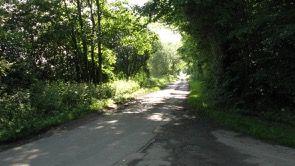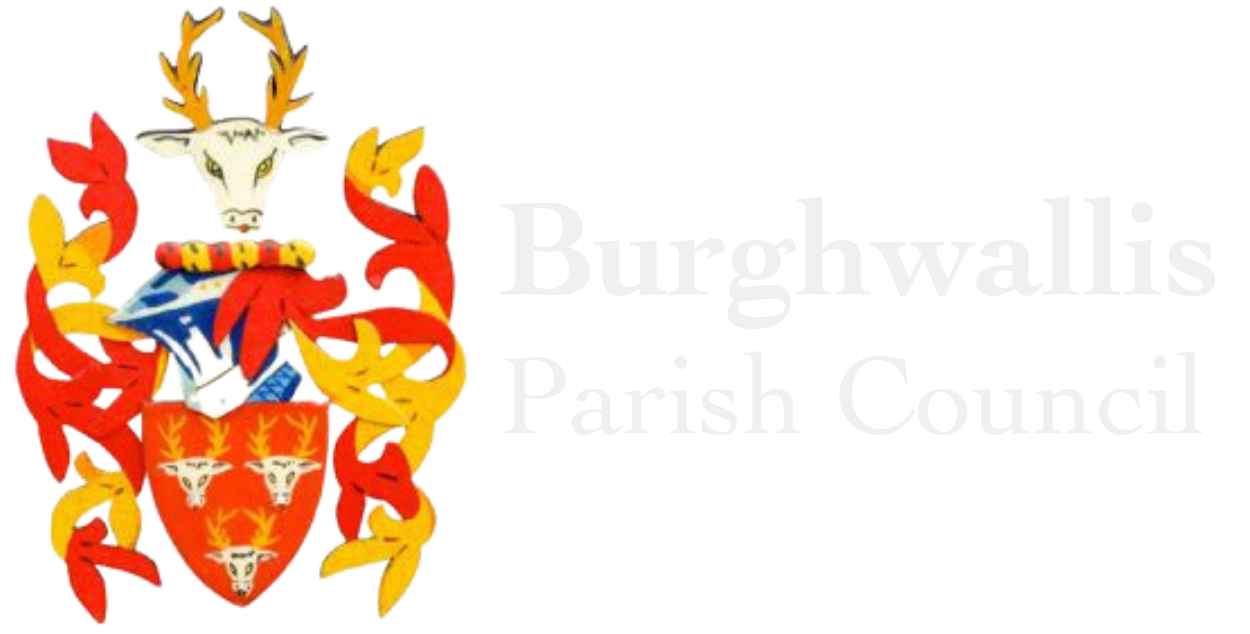There are five roads that lead into Burghwallis. The one with the intriguing name is that of Abbe’s Walk. (sic)

If you look at an old map, a very old map, which means a trip to the attic, and a quick blow to shift the dust you might notice that Abbe’s Walk was one called “Common Lane”. Officially that is, unofficially it was known by villagers as “Mile Lane.” And you’ll never guess why… by sheer coincidence it is a mile from what used to be the start of the Lane to the pub at Owston. Some would say ‘Mile Lane’ was more relevant, after all nobody can remember whether Common Lane led to or past a common. Others thought it was a little too ‘common’. A name change was called for.
Bear in mind that in the early 19th century, the main road through Burghwallis used to be a continuation of Old Village Street, running southeast past what is now the back of the grounds of Burghwallis Hall and St. Helen’s Church and emerging onto The Abbe’s Walk beside the relatively modern property “Longcroft”. Old maps show what is now the eastern end of Grange Lane as a “bypass”. Interestingly in those days, the population of Burghwallis was 237, almost exactly the same as it is today!
Now the intriguing bit. During the French Revolution a French Princess, Louise de Conde escaped to England and Burghwallis, and being Catholic was taken in by the Catholic Anne Family in Burghwallis Hall. Our Princess was accompanied on her travels by Abbé Leroux who was a French Priest and also a refugee from the Revolution. Although the homesick Princess eventually returned to France where she was promptly introduced to the guillotine, Abbe Leroux remained in Burghwallis until his death in 1843 aged 92. He is buried in St Helen’s churchyard.
Renaming Common Lane was actually an easy task. Abbé Leroux apparently took constitutional walks along Common Lane. Thus it became Abbe’s Walk. The correct spelling of the walk should include an acute accent…. Abbé’s Walk. It looks a little like a paint splash with an acute and apostrophe next to each other. Thus the acute was omitted.
Abbé is the French word for abbot. It is the title for lower-ranking Catholic clergymen in France. A concordat between Pope Leo X and King Francis I of France, gave the kings of France the right to nominate 255 commendatory abbots for almost all French abbeys, who received income from a monastery without needing to render service.
Thus the correct pronunciation of our walk is Abbé ‘s Walk as in ‘ Abay’. A number of us pronounce it as Abe’s Walk. But as a village of Saxon origin and a Norman (French) Church, Abbé should win the day. And let’s not even go there if you think scone is pronounced scon or even scoone. Here endeth the lesson by the way.
